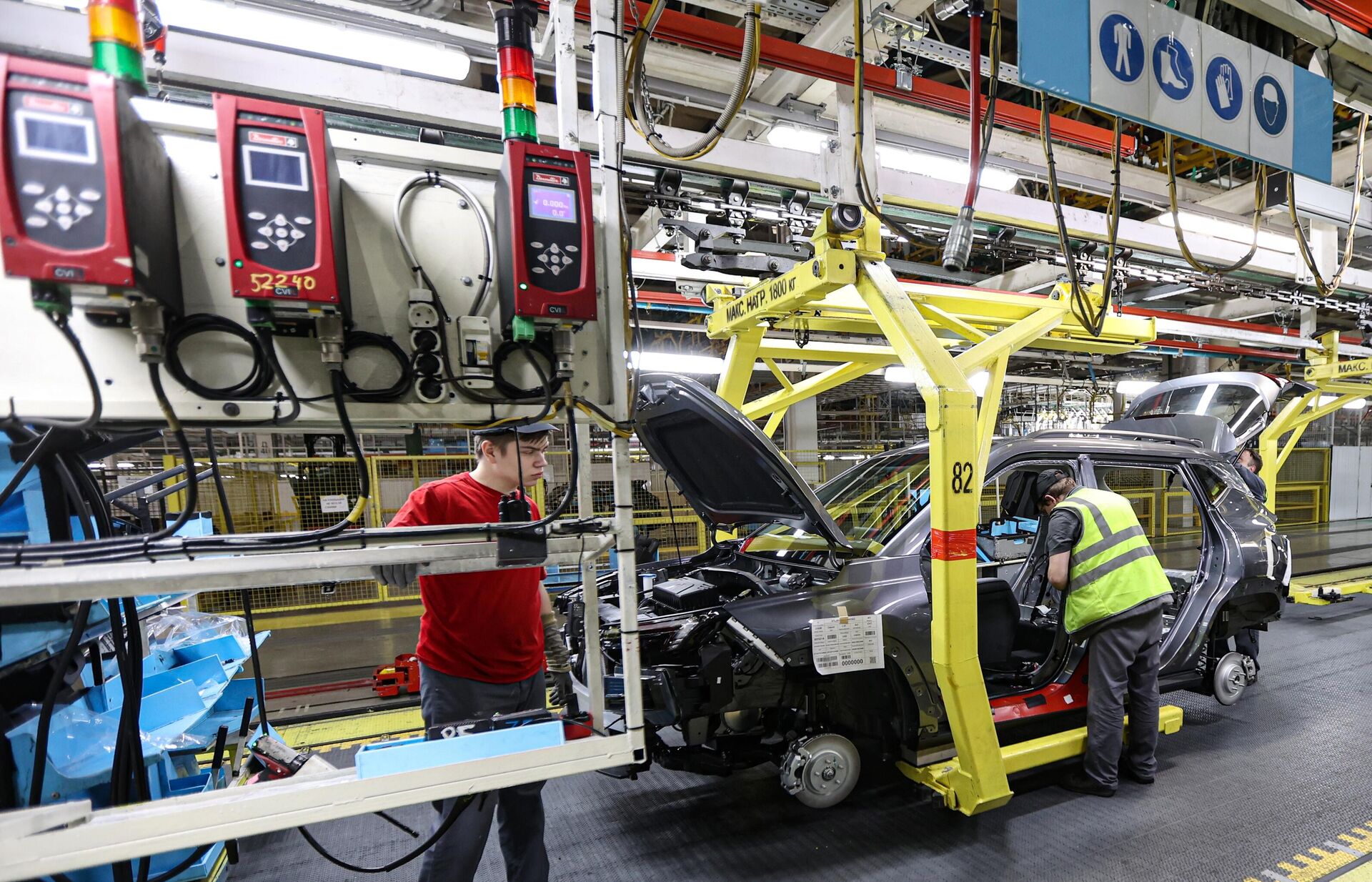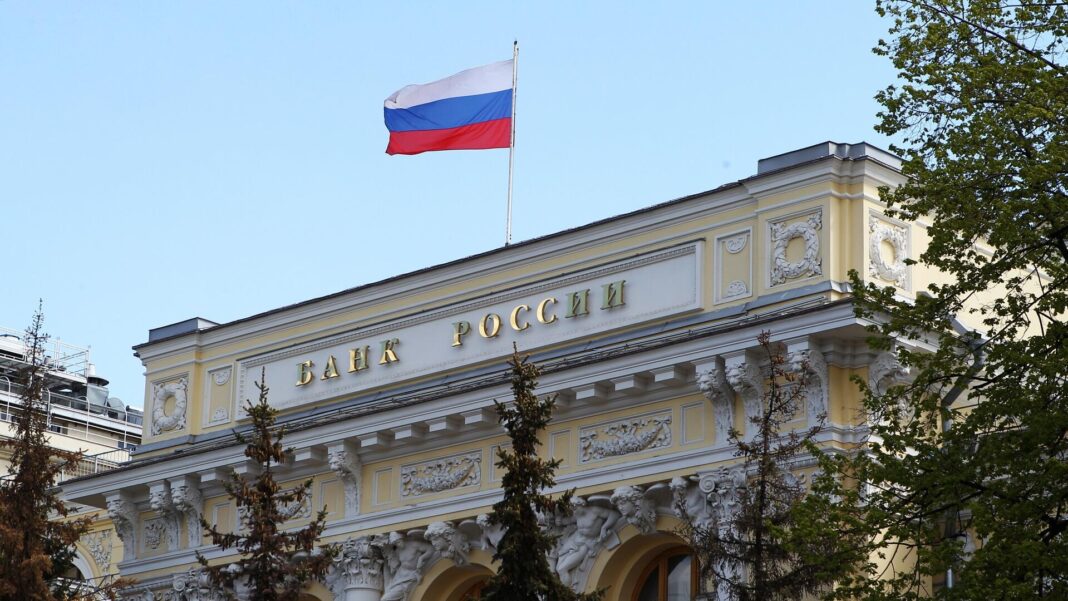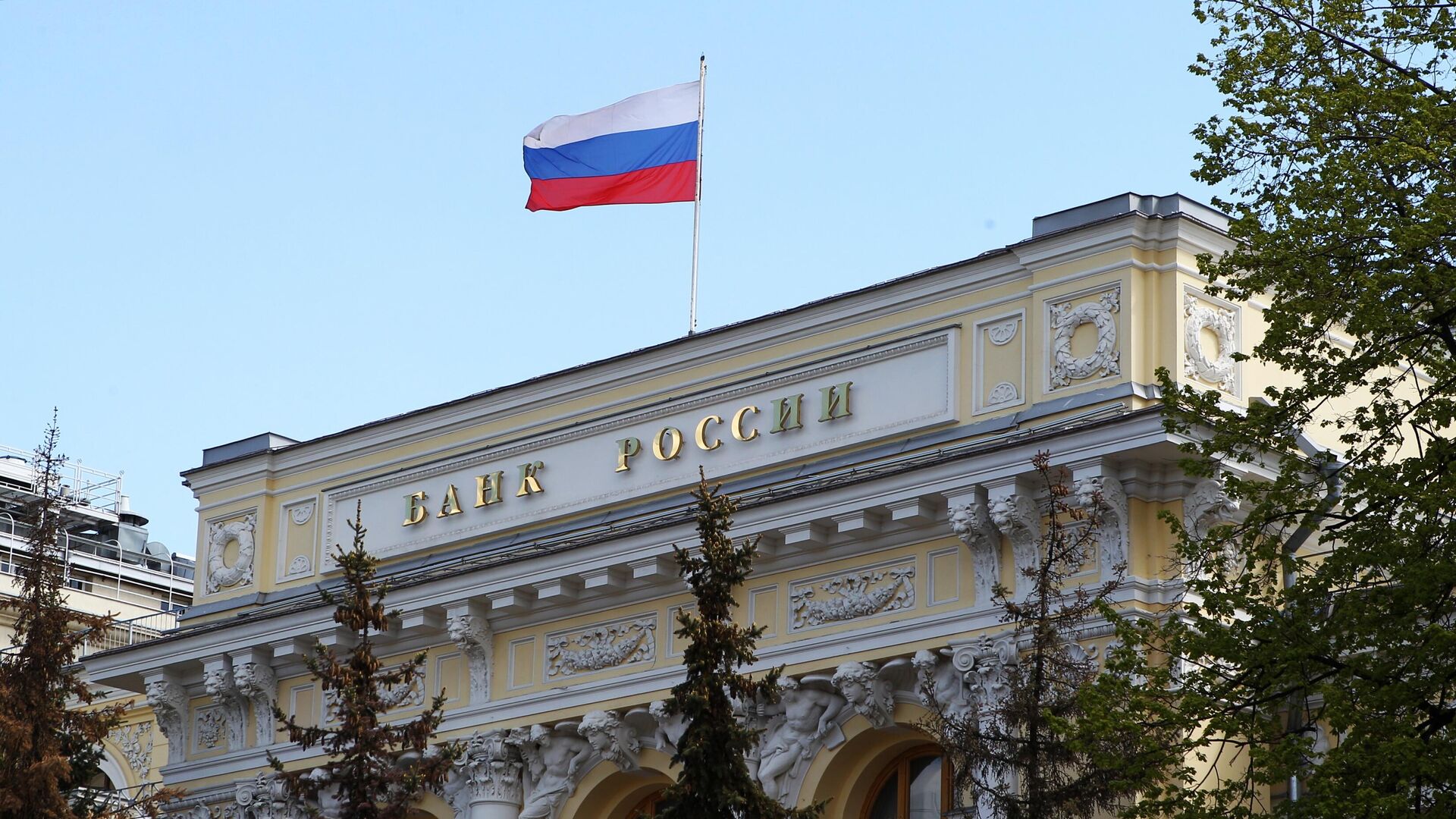
MOSCOW, May 25, Nadezhda Sarapina. A reduction in the key rate should not be expected yet, the Central Bank reported. The excess of demand over supply has formed a negative trend — although the inflation peak was passed last fall, the situation will not be normalized quickly. New tough measures will be required.
The root of the problem
At the conference «GDP growth and/or low inflation?» Deputy Chairman of the Bank of Russia Alexei Zabotkin noted that the Russian economy remains overheated — a positive output gap creates stable inflationary pressure. “This will stop only after the potential of the economy, its production capabilities catch up with the level of demand to which the economy has reached,” he explained.
In practice, this means that monetary policy easing (MCP) is not expected. Moreover, another increase in the key rate is possible. This will be considered at the June meeting. “Data that have arrived since the last board of directors, including on inflation expectations, generally strengthen the arguments in favor of maintaining the degree of tightness of monetary policy at a high level for a long time,” Zabotkin said.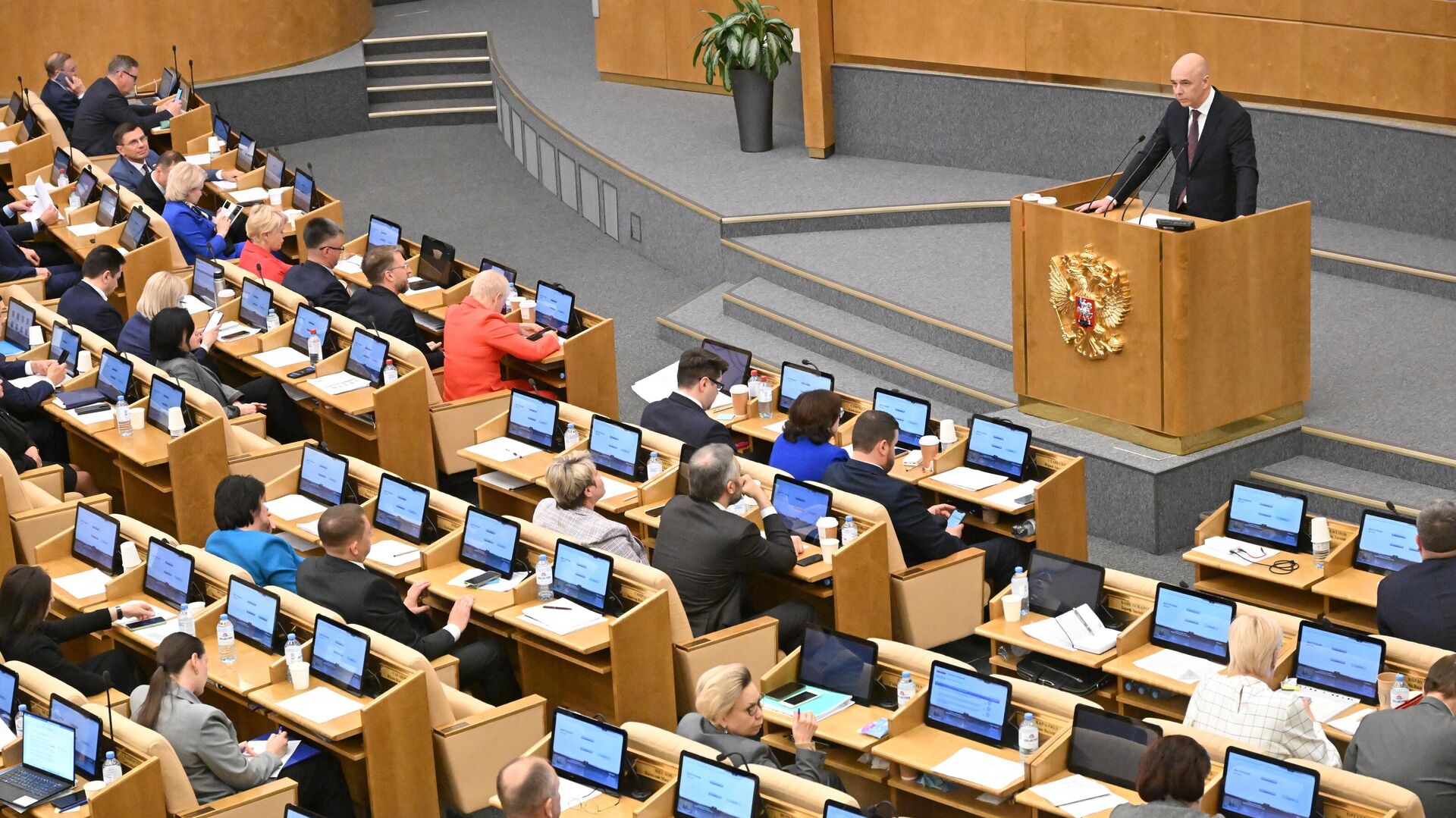
The regulator hopes to cool demand and allow production volumes to reach acceptable levels. This is traditionally criticized by business representatives — expensive loans are unprofitable, it is more difficult for enterprises to develop, and it is most difficult for small businesses that do not have a “safety cushion”. In addition, due to the unavailability of capital, many potential entrepreneurs cannot afford to start their own business. As a result, economic activity decreases.
“In fact, the Central Bank found itself in a stalemate. Tightening monetary policy will slow down GDP growth and the rate of import substitution. Maintaining the status quo will not solve the problem, prices will continue to creep up. And easing, although it will support the population and the economy, is fraught with hyperinflation,” says the director of the Higher School of Finance of the Russian Economic University named after Plekhanov Konstantin Ordov.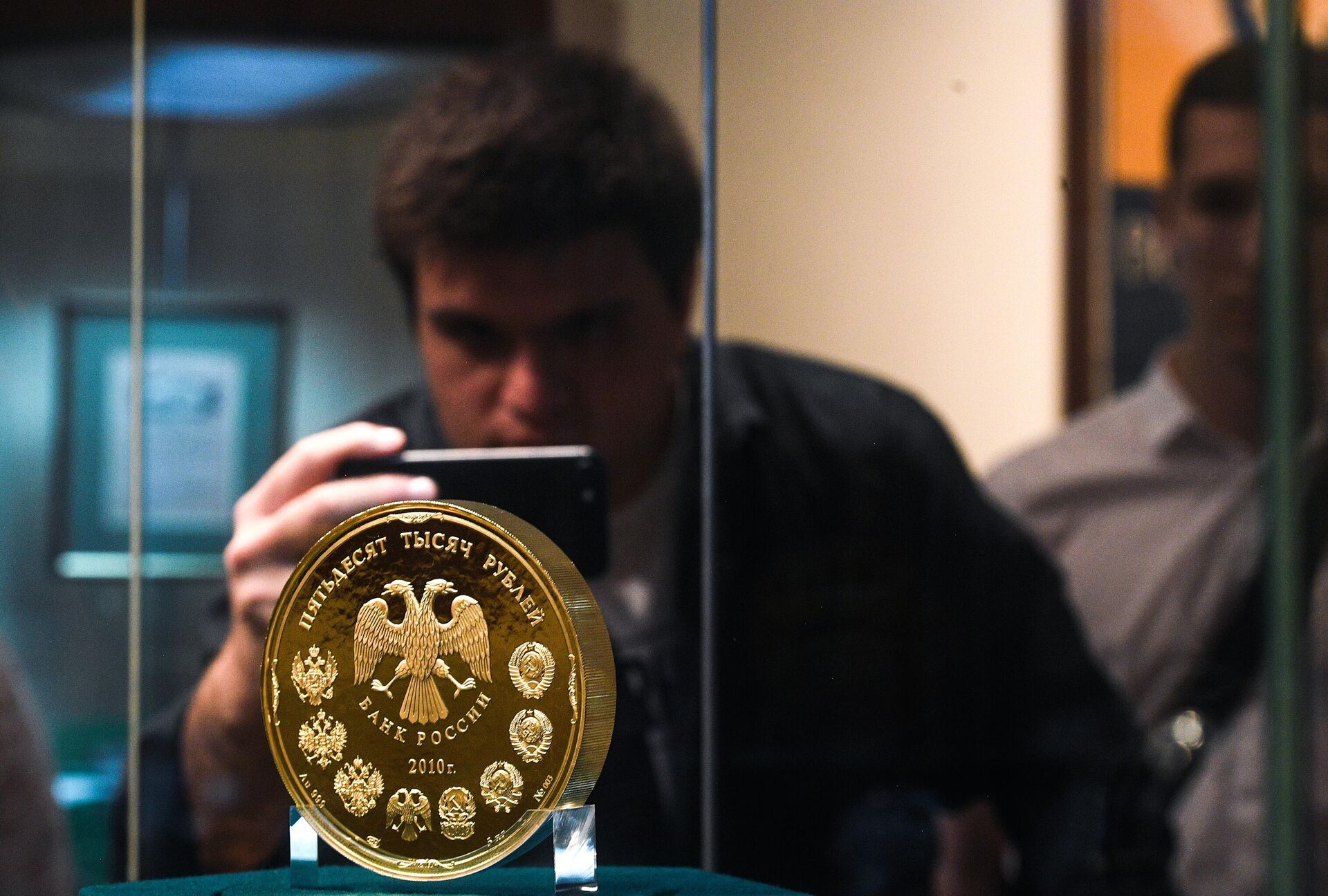
Opinions differ
The head of the Bank of Russia, Elvira Nabiullina, calls the debt burden of the population the main factor in the acceleration of prices: over the year — an increase of 23.5 percent, to 33 trillion rubles. At the same time, salaries increased only 15 percent. Debts of legal entities and individual entrepreneurs increased by 43.3 percent, exceeding eight trillion.
Therefore, Mikhail Khachaturyan, associate professor of the Department of Strategic and Innovative Development at the Financial University, considers tightening the monetary policy justified. “Further growth in credit debt will lead to massive bankruptcies of both organizations and individuals,” he points out.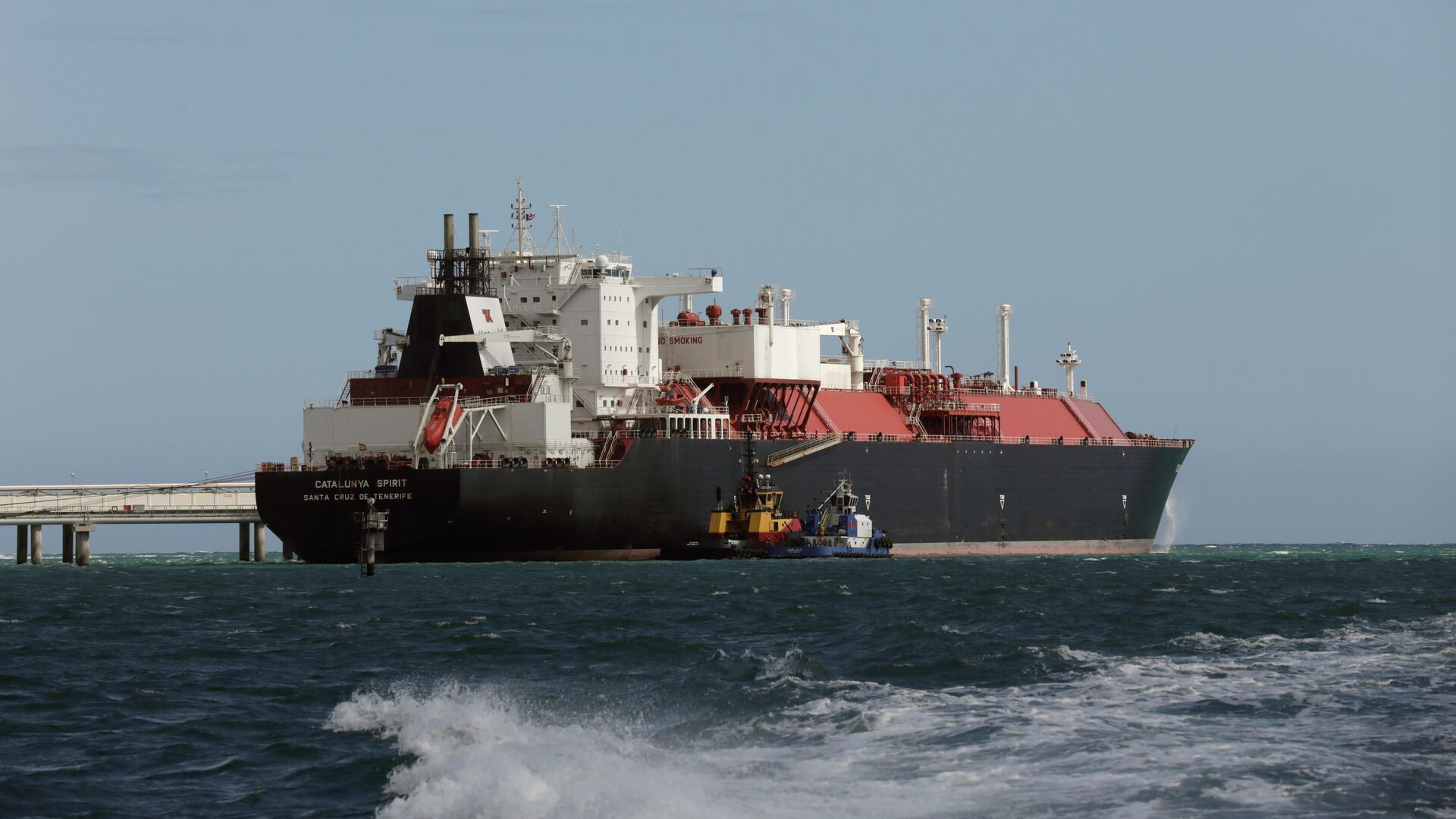
And he adds: some companies are able to switch to self-financing at the expense of accumulated profits; others will be helped by targeted support from the state, in particular tax breaks and deductions that encourage the use of profits for development rather than for the payment of dividends.
According to the Ministry of Economic Development, inflation is now — 7.75 percent, and achieving the target (four percent) in 2025 is quite realistic. Russian Minister of Economic Development Maxim Reshetnikov admits that the economy is indeed overheated, but the regulator’s actions do not interfere with its development.
“It seems to me that it is not very correct to oppose the Central Bank and industry. Because in the long term, without financial stability and without financial stability, there will be no normal economic development. Our stability that the economy is now demonstrating, and the growth rate, is based on the market nature and accumulated macroeconomic stability, including confidence in the Central Bank’s policies,” he emphasized, speaking in the State Duma.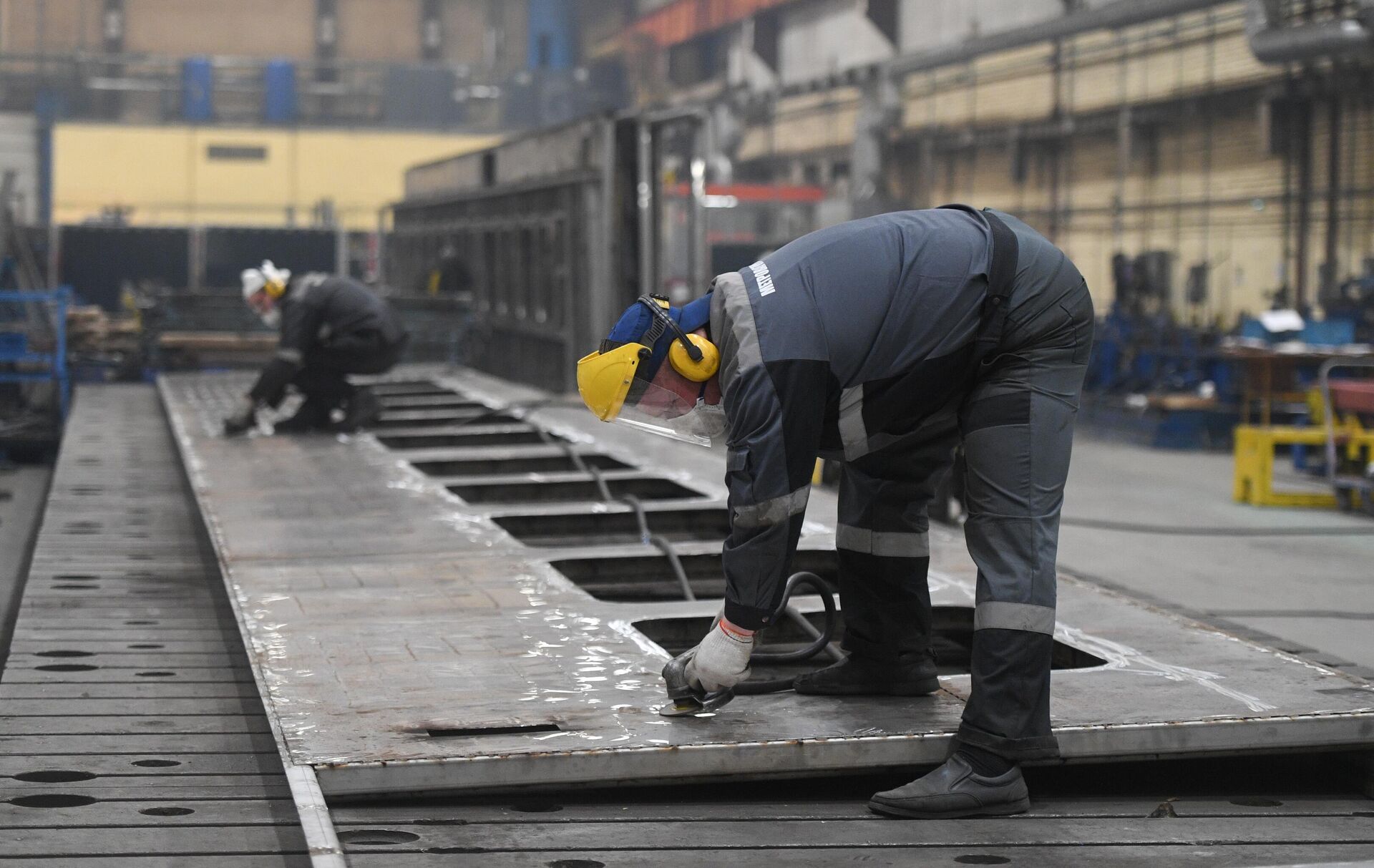
There is a way out
Some economists offer other solutions. For example, correcting excess demand with taxes. The founder of the investment company SharesPro Denis Astafiev calls for increasing labor productivity and creating jobs with higher added value, investing in innovation and technology. He also advises introducing price controls or limiting wage growth. However, these are no longer market measures.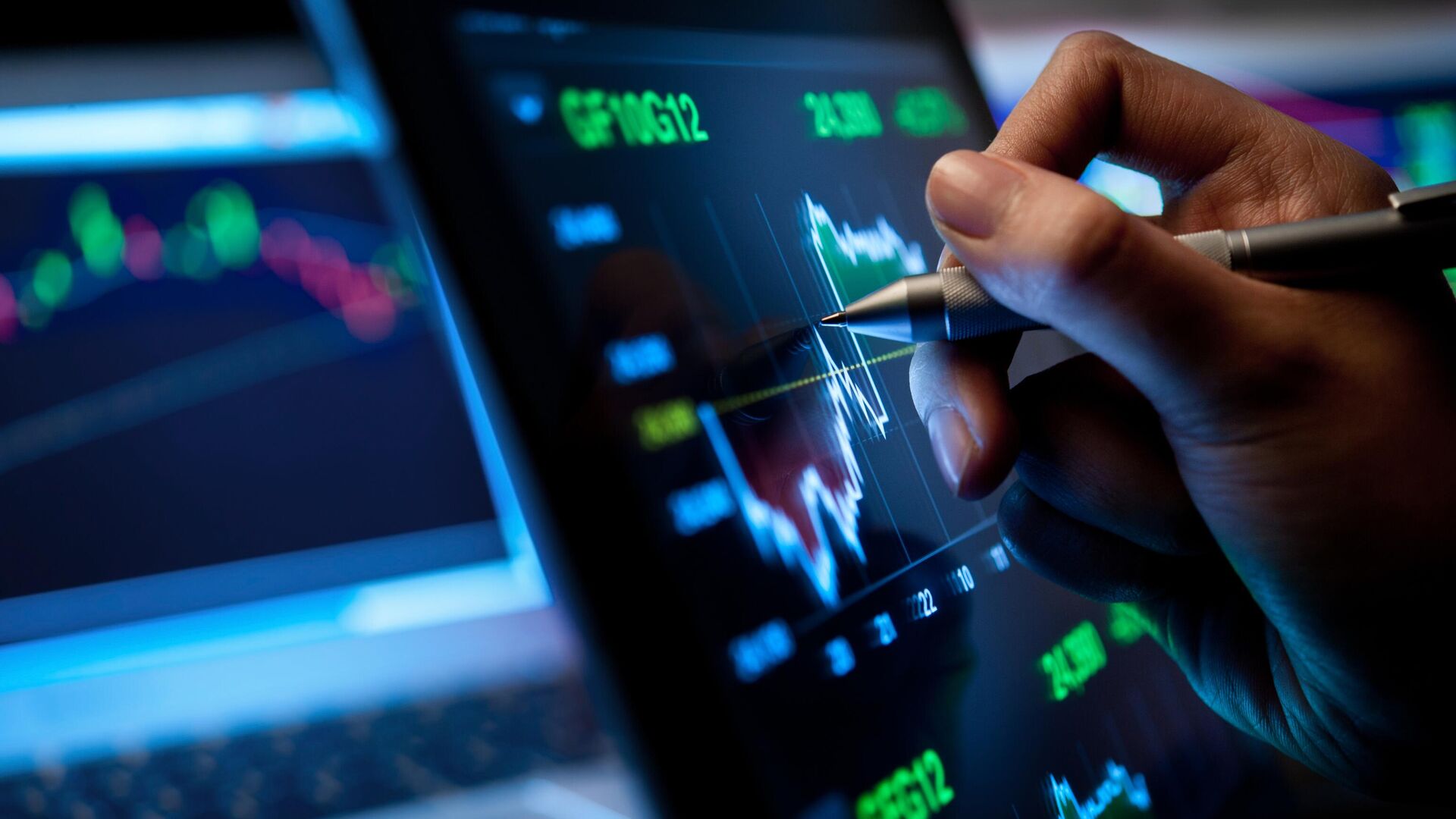
Even in the current situation, the negative consequences for business can be mitigated, Astafiev is sure. Large-scale infrastructure projects will support economic activity, and small and medium-sized businesses should be helped with preferential loans and grants. “In addition, it is necessary to work on the development of new industries and technologies — this will reduce dependence on external factors, such as the dollar exchange rate, and also develop foreign markets,” he clarifies.
Analysts have different opinions regarding the immediate forecasts for the key rate. Thus, Khachaturian does not expect an increase of more than one to three percent in the absence of significant problems.
Ordov is more pessimistic. “Expensive loans are already negatively affecting business confidence indices and effective demand. To break the back of inflation, the Central Bank will have to make a strong-willed decision,” he says.
In this case, the rate risks soaring to 20-25 percent. On the other hand, you can transfer the initiative to entrepreneurs and “go” with import substitution — its potential is large enough to take prices under control.